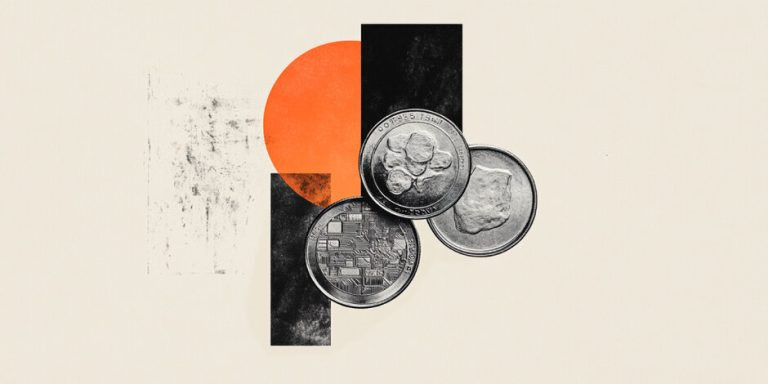Key Takeaways
- Silver (XAG/USD) is trading flat around $49 per ounce, influenced by the US Federal Reserve’s cautious outlook and recent US-China diplomatic progress.
- Federal Reserve Chair Jerome Powell signaled that further interest rate cuts are not guaranteed, leading to a decrease in market expectations for a December cut.
- A temporary trade truce between the US and China reduces geopolitical anxiety, potentially lowering demand for silver as a safe-haven asset.
- The ongoing US government shutdown contributes to economic uncertainty and delays important data, impacting the economic growth outlook.
- Technical analysis suggests silver faces resistance near $49.40, with a potential double-top pattern indicating possible downside correction.
Silver Navigates Cautious Fed Stance and Geopolitical Developments
Silver (XAG/USD) has shown little movement on Friday, trading at approximately $49 per ounce. Investors are currently processing a cautious message from the US Federal Reserve (Fed) and evaluating recent diplomatic advancements between the United States and China.
During Wednesday’s press conference, Fed Chair Jerome Powell adopted a measured tone, tempering expectations for additional interest rate reductions this year. Powell emphasized that another rate cut in December is not a foregone conclusion and future policy decisions will be guided by incoming economic data. The CME FedWatch tool reflects this shift, with the probability of a 25-basis-point cut in December falling to about 67% from over 90% a week prior. This conservative approach has supported US Treasury yields, keeping the 10-year yield close to 4.10%, and has maintained a firm US Dollar (USD).
Geopolitical Landscape and Market Impact
On the international stage, the meeting between US President Donald Trump and Chinese President Xi Jinping at the APEC Summit in South Korea resulted in a one-year trade truce set to last until November 2026. Key aspects of the agreement include Washington halving its tariffs related to fentanyl while Beijing will eliminate duties on several US agricultural products and postpone restrictions on rare-earth exports. This temporary de-escalation of tensions is expected to reduce market anxiety and consequently decrease the demand for silver as a safe-haven asset.
Meanwhile, the ongoing US government shutdown, now in its fifth week, continues to foster political and economic uncertainty. The persistent deadlock in the Senate is preventing the passage of new funding bills, leading to delays in the release of critical economic data and raising concerns about the broader economic growth outlook.
Silver Technical Analysis
Silver prices are currently consolidating just below the significant resistance level around $49.40. This area was also the site of the previous peak on October 23 at $49.46, and its proximity suggests the formation of a potential double-top pattern on the 4-hour chart. A confirmed rejection from this resistance zone, indicated by a move below the intraday low of $48.69, could trigger a more substantial bearish correction. Such a move might expose the low recorded on October 28 at $45.56. A decisive break below this level, which corresponds to the neckline of the double-top formation, would significantly increase the likelihood of a more pronounced price decline, with a potential target price around $41.80.
Conversely, a decisive break above the $49.40 resistance level could bring the 100-period Simple Moving Average (SMA) on the 4-hour chart into focus, currently situated at $50.01. Should silver prices continue to climb past this point, further upward movement could lead to a test of the recent all-time high of $54.86.
📊 The interplay between the horizontal SMA and the Relative Strength Index (RSI), which is fluctuating between 50 and 70, indicates an absence of a strong short-term trend. However, the current bias appears to be slightly tilted towards the upside, suggesting potential for modest gains if key resistance levels are breached.
Expert Summary
Silver prices are holding steady as markets digest mixed signals from the Federal Reserve and geopolitical developments. While a potential double-top formation on the charts presents downside risks, a break above key resistance could signal further price appreciation.

